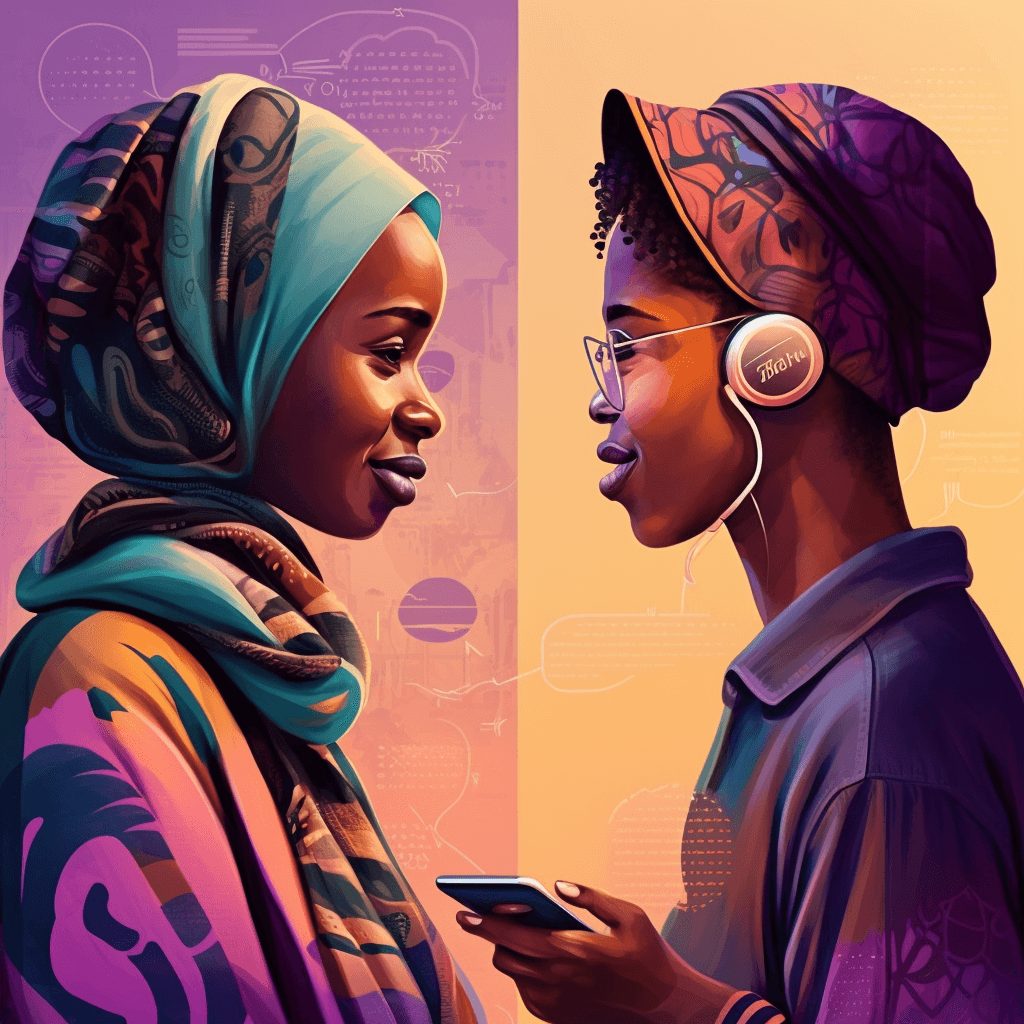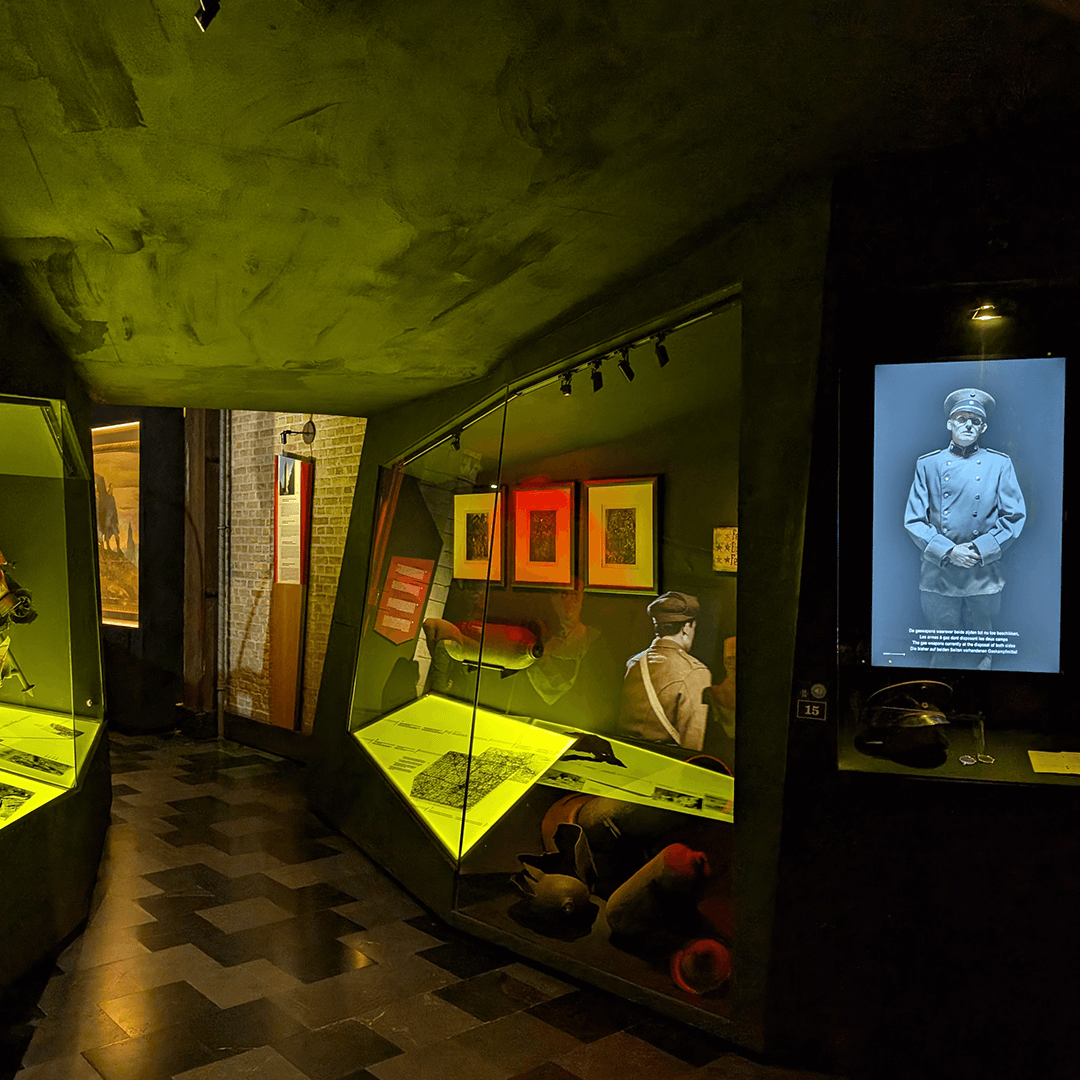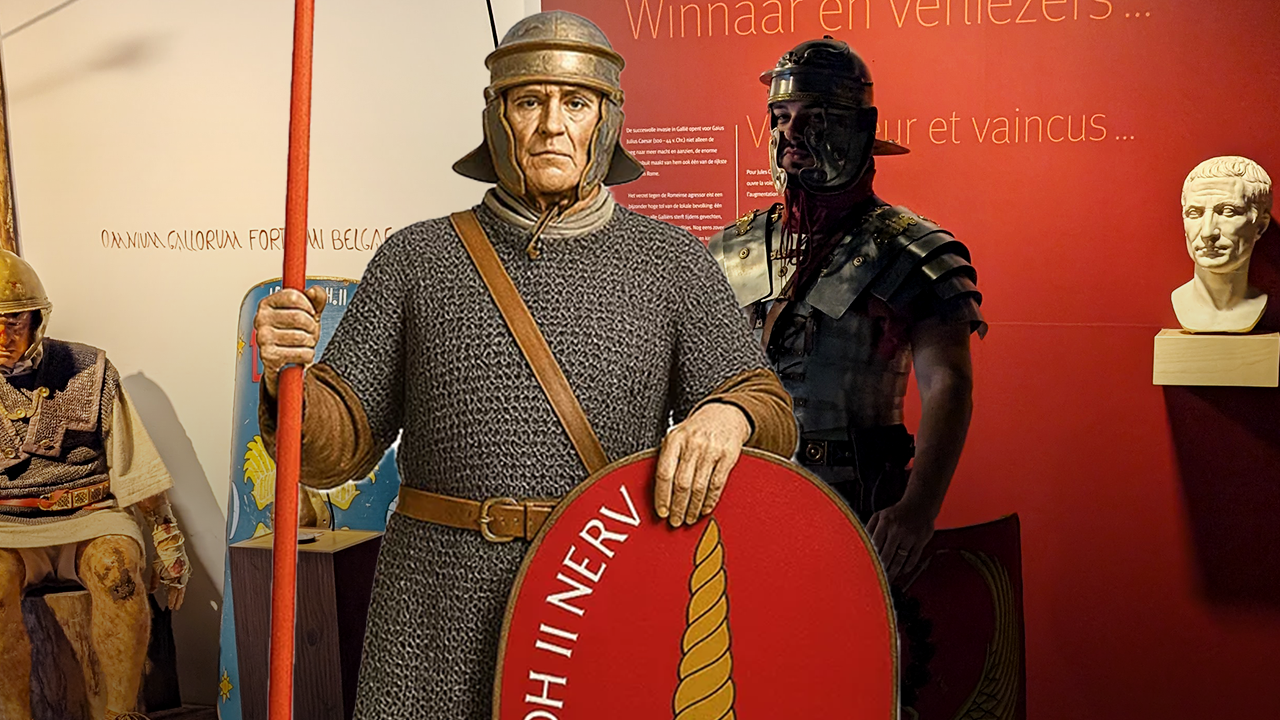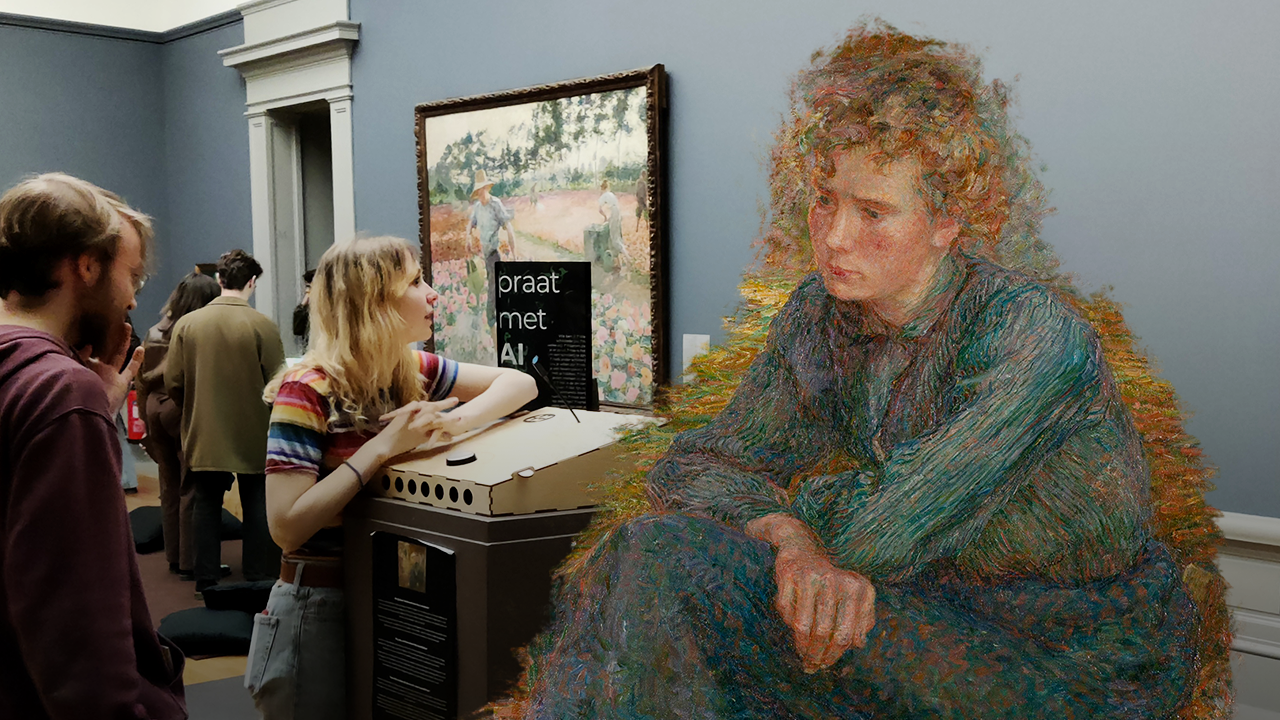Bridging the Language Barrier: The Potential of Text Generation in Machine Translation
Language barriers have been a longstanding challenge to communication and interaction between people of different cultures and languages. However, recent advancements in technology have enabled us to break down these barriers using machine translation. Machine translation (MT) refers to the use of computer programs to automatically translate text from one language to another.
In this article, we will explore the basics, the potential for more natural and accurate translations, and how it can lead to a more efficient translation process. We will also discuss the improved accessibility and inclusivity that MT brings, as well as the ethical and cultural concerns that arise with its use. Furthermore, we will examine the role of human translators in the age of machine translation, and look to the future of this technology and how it may evolve to address current limitations.
topic list:
- Breaking Down Language Barriers
- The Basics of Machine Translation
- The Potential for More Natural and Accurate Translations
- A More Efficient Translation Process
- Improved Accessibility and Inclusivity
- Addressing Ethical and Cultural Concerns
- The Role of Human Translators
- Looking to the Future of Machine Translation
Breaking Down Language Barriers
As the world becomes increasingly globalized, the ability to communicate across language barriers has become more important than ever. Machine translation has long been a valuable tool for bridging these barriers, but traditional approaches have had their limitations. With the potential of text generation, however, MT is on the verge of a major breakthrough.

Machine translation > Human translation
While MT has made significant progress in recent years, it still has limitations compared to human translation, especially when it comes to translating complex texts with nuances and cultural references. However, there are some cases where machine translation can be superior to human translation, such as:
Speed: MT can translate large volumes of text much faster than a human translator, which can be beneficial in time-sensitive situations.
Consistency: MT is consistent in its translations, ensuring that the same phrases and terminology are translated in the same way throughout the text. This can be useful in technical or legal translations where consistency is crucial.
Cost-effectiveness: MT can be more cost-effective than human translation, especially when it comes to translating large volumes of text.
Pre-translated content: MT can also be useful for translating pre-translated content such as user-generated content on websites, where accuracy is not critical, and a rough translation is sufficient to convey the meaning.
It’s important to note that machine translation still has limitations, and in many cases, a human translator is needed to ensure accurate and culturally appropriate translations. Ultimately, the decision to use machine translation or human translation will depend on the context, content, and purpose of the translation.
The Basics of Machine Translation
Machine translation is a process that uses computer algorithms to translate text from one language to another. Traditional MT systems have relied on pre-defined rules and dictionaries to generate translations. While these systems have been useful, they often struggle with the nuances of language, leading to clunky or awkward translations. Text generation has the potential to change all of that.

Let’s say we have a sentence in English:
“I like to eat pizza.”
The machine translation software first analyzes the sentence using natural language processing (NLP) techniques, which involve breaking down the sentence into its constituent parts such as words, phrases, and grammar.
The software then applies statistical or neural machine translation algorithms to determine the most likely translation of each word or phrase based on its context and statistical patterns found in previously translated text. For example, it might determine that “like” in this context should be translated as “gusta” in Spanish, based on patterns found in other English-to-Spanish translations.
The machine translation software then assembles the individual translated words or phrases into a coherent sentence in the target language, such as Spanish: “Me gusta comer pizza.”
It’s important to note that the quality of the machine translation output depends on a variety of factors such as the complexity of the sentence, the language pair being translated, and the quality of the machine translation software being used.
Let’s talk!
If our project resonates with you and you see potential for a collaboration, we would 💙 to hear from you.
The Potential for More Natural and Accurate Translations
One of the most exciting aspects of text generation in MT is the potential for more natural and accurate translations. By analyzing vast amounts of text data, text generation algorithms can learn the nuances and complexities of language, allowing them to produce translations that are more fluid and natural-sounding. This can help eliminate some of the errors and awkward phrasing that have plagued traditional machine translation.
A More Efficient Translation Process
Text generation can also help make the machine translation process more efficient. Traditional MT systems have relied on humans to create the rules and dictionaries that guide the translation process. Text generation, on the other hand, can learn from data and adjust on the fly, making the translation process faster and more accurate.
Improved Accessibility and Inclusivity
MT has the potential to improve accessibility and inclusivity by allowing people who speak different languages to communicate more easily. This is particularly important in fields such as healthcare and education, where communication can be a matter of life and death. By making machine translation more accurate and natural-sounding, text generation can help break down language barriers and facilitate communication across cultures.

Addressing Ethical and Cultural Concerns
As with any technology, MT has its ethical and cultural concerns. One of the biggest concerns is the potential for translations to be inaccurate or even offensive. It’s important for machine translation providers to be transparent about their methods and to ensure that their translations are culturally sensitive and accurate.
Let’s talk!
If our project resonates with you and you see potential for a collaboration, we would 💙 to hear from you.
The Role of Human Translators
While text generation has the potential to make machine translation more accurate and efficient, it’s unlikely to completely replace human translators. Human translators are still needed for complex or nuanced translations that require a deep understanding of the source and target languages. However, by leveraging the power of text generation, human translators can focus on the areas where they can add the most value.

Looking to the Future of Machine Translation
As text generation technology continues to evolve, so too will its impact on MT. In the future, we may see even more sophisticated algorithms that are capable of producing translations that are indistinguishable from those produced by human translators. The potential for text generation in machine translation is truly limitless, and we can’t wait to see what the future holds.

Keep reading
How to create Mortal Kombat with AI characters video
The process detailing on how to make a Mortal Kombat…
Read More




